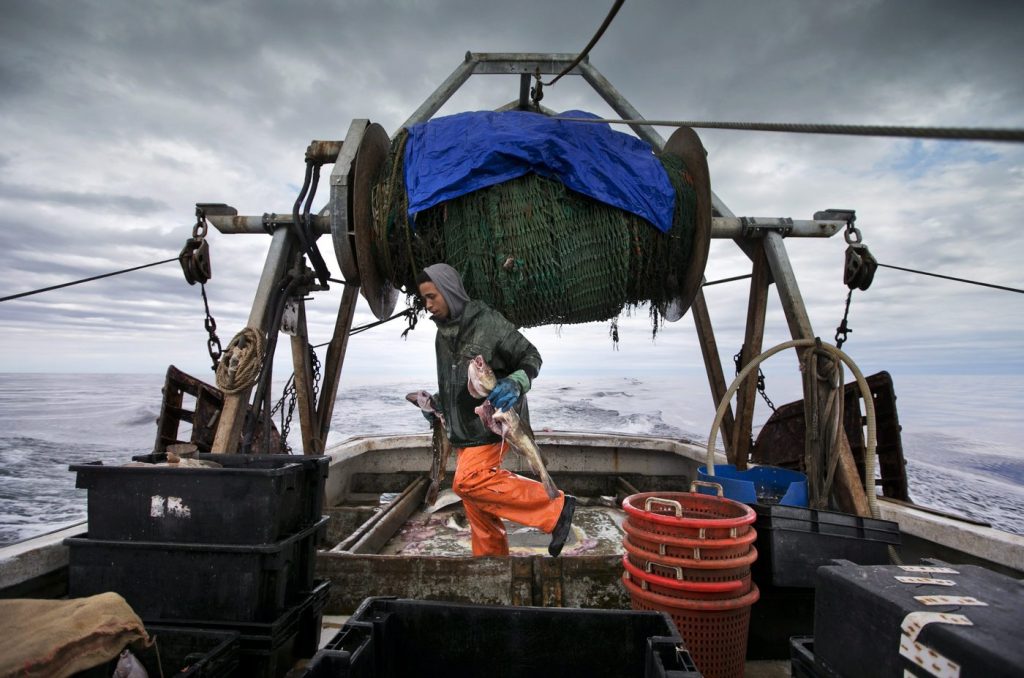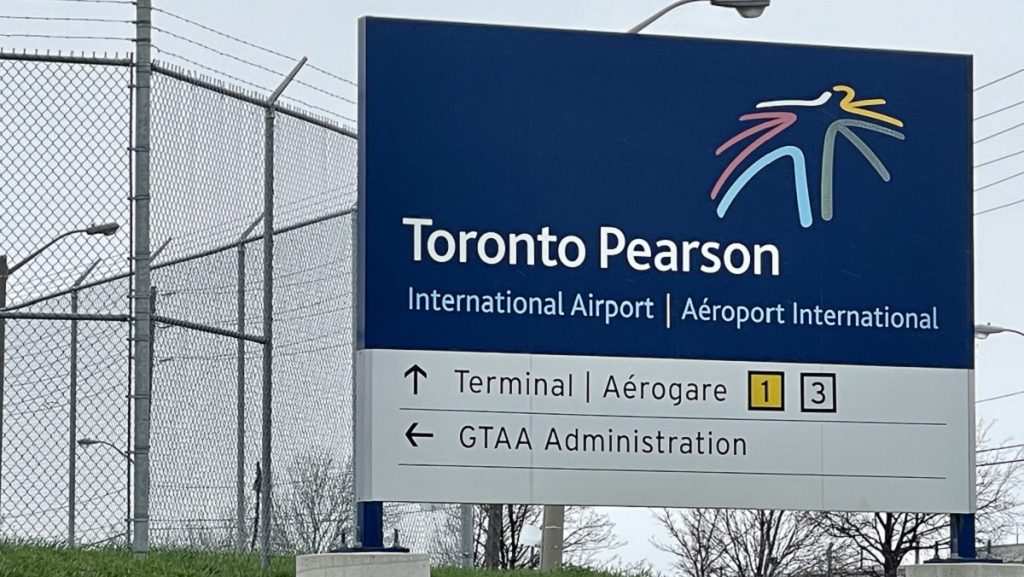Federal government ends northern cod moratorium in Newfoundland after 32 years

Posted June 26, 2024 7:32 am.
Last Updated June 26, 2024 5:12 pm.
ST. JOHN’S, N.L. — The federal government has ended the Newfoundland and Labrador northern cod moratorium, which gutted the province’s economy and transformed scores of coastal communities after it was imposed more than 30 years ago.
The Fisheries Department announced Wednesday it would re-establish a commercial cod fishery with a total allowable catch of 18,000 tonnes for the 2024 season.
“Ending the northern cod moratorium is a historic milestone for Newfoundlanders and Labradorians,” federal Fisheries Minister Diane Lebouthillier said in a statement. “We will cautiously but optimistically build back this fishery, with the prime beneficiaries being coastal and Indigenous communities throughout Newfoundland and Labrador.”
Northern cod were once the backbone of Newfoundland and Labrador’s 400-year-old fishing industry. By the late 1960s, the industry peaked as northern cod landings reached about 800,000 tonnes, most of which was hauled in by large, offshore vessels.
But the stocks collapsed in the early 1990s because of overfishing, mismanagement and changing environmental conditions.
John Crosbie, who was federal fisheries minister at the time, famously said, “I didn’t take the fish out of the goddamned water!” to a group of fishermen upset about the dwindling fish stocks. That was on July 1, 1992.
The next day, Ottawa announced the moratorium. It was eventually extended to other groundfish stocks, wiping out more than 30,000 jobs — widely described as the largest mass layoff in Canadian history. Within a year, the entire $700-million enterprise — and a way of life — was gone.
Young people in rural Newfoundland and Labrador began leaving for St. John’s or mainland Canada to find work. Between 1991 and 2001, the province’s population fell by about 10 per cent, largely because so many people were leaving outport communities, according to Heritage Newfoundland and Labrador.
The moratorium was supposed to last for two years. But when that deadline passed, fish stocks did not show signs of recovering.
Last year, Fisheries Department scientists announced they had used new modelling showing the cod stock was out of the “critical zone” for the first time in decades. They emphasized, however, that the designation change was due to the use of different models, not because there was necessarily more fish in the water.
When a fish species is in the critical zone, scientists recommend it be left alone as much as possible and that catch limits remain small.
Now the stock is in the “cautious zone,” which means fisheries decisions should still prioritize regrowth. According to federal figures, the total allowable catch of 18,000 tonnes for the 2024 season is just a fraction of what it was — 120,000 tonnes — in February 1992, months before the moratorium was imposed.
George Rose, a marine scientist who studied Newfoundland cod for decades, said he remains skeptical of the species’ new designation.
“It is not a change in the stock, which hasn’t grown significantly since 2015-16, just a change in the goalposts by which the stock is judged,” Rose wrote in an email Wednesday.
The new modelling “rewrites decades of research and analyses about the stock and its potential productivity, and is based on analyses that are unclear and at best questionable,” he added.
By lifting the moratorium, Rose said, the Fisheries Department is “rolling the dice on this important fishery.”
Meanwhile, the federal Fisheries Department also announced Wednesday that roughly 84 per cent of this year’s total allowable catch will be allocated to inshore fishers, while six per cent will go to Canadian companies fishing offshore.
“Our province has waited a long time for the end of the northern cod moratorium,” Newfoundland and Labrador Premier Andrew Furey said in a social media post. “A sustainable harvest that provides maximum benefits for all Newfoundlanders and Labradorians is most important.”
The non-profit conservation group Oceans North, said it’s unwise to increase fishing levels and to give offshore trawlers any share of the quota, considering the population is far from healthy.
“It is a short-sighted choice that is in opposition to scientific advice and favours near-term socioeconomics and politics over the future of the stock — a mistake that has been made in the past and should not be repeated,” the group said in a statement.
Like Rose, Oceans North believes the size of the northern cod stock has not grown since 2016.
“For years, (the Fisheries Department) had been working on a plan for how we could rebuild this stock to healthy levels,” said Oceans North fisheries director Katie Schleit. “Instead, we’re getting a plan that risks undoing any progress we’ve made.”
Greg Pretty, president of the 14,000-member Fish, Food and Allied Workers union, said Ottawa’s decision to hand a portion of the catch — about 1,000 tonnes — to Canadian and foreign offshore fishing fleets has opened the door to the eventual resumption of overfishing.
“We spent 32 years in this province looking after that resource,” Pretty said in an interview, referring to a closely monitored northern cod stewardship fishery that was hauling in about 13,000 tonnes of northern cod annually as of last season.
“Finally, when we get to the point where we have this so-called commercial fishery, they give it back to the same people who started the problem in the first place by overfishing the resource … it’s an absolutely atrocious decision.”
Pretty said the federal government has reneged on a long-standing promise not to grant fishing permits to offshore trawlers until the catch limit for inshore fishers reached 115,000 tonnes.
“Those (offshore) vultures will be at the table from here on … and they’ll be saying, ‘We don’t have enough. We need to ship more cod offshore,'” Pretty said.
Meanwhile, the Association of Seafood Producers, which represents more than two dozen seafood businesses, said the reopening was a welcome move.
“The reopening of the commercial fishery will be well-received by our coastal communities, harvesters, plant workers, local businesses and others who rely on the fishery for their livelihoods,” executive director Jeff Loder said in a statement.
Alberto Wareham, CEO of IceWater Seafoods Inc. in Arnold’s Cove, N.L., described the 18,000-tonne limit as “conservative.” IceWater is the only company in the province processing northern cod.
“From our perspective, this is a bit more conservative than we thought we needed to go,” Wareham said in an interview. “But it is science based.”
This report by The Canadian Press was first published June 26, 2024.
— With files from Michael MacDonald and Cassidy McMackon in Halifax.
Sarah Smellie, The Canadian Press








